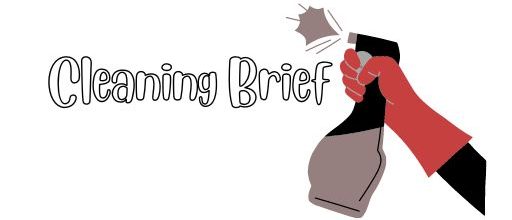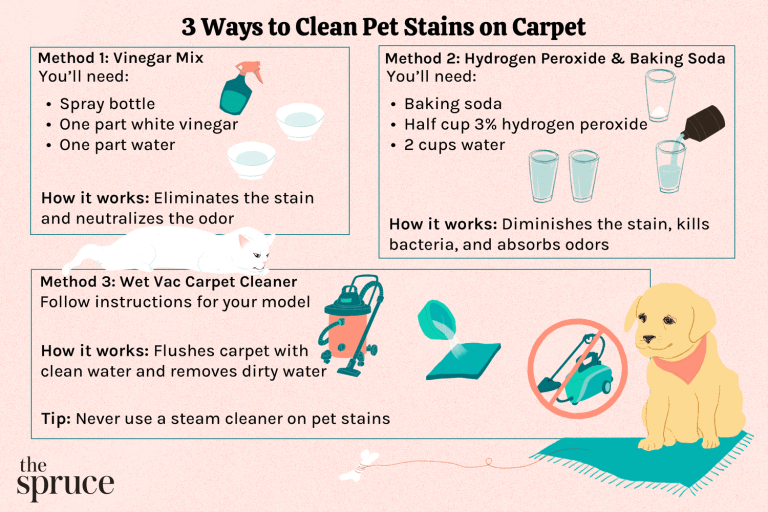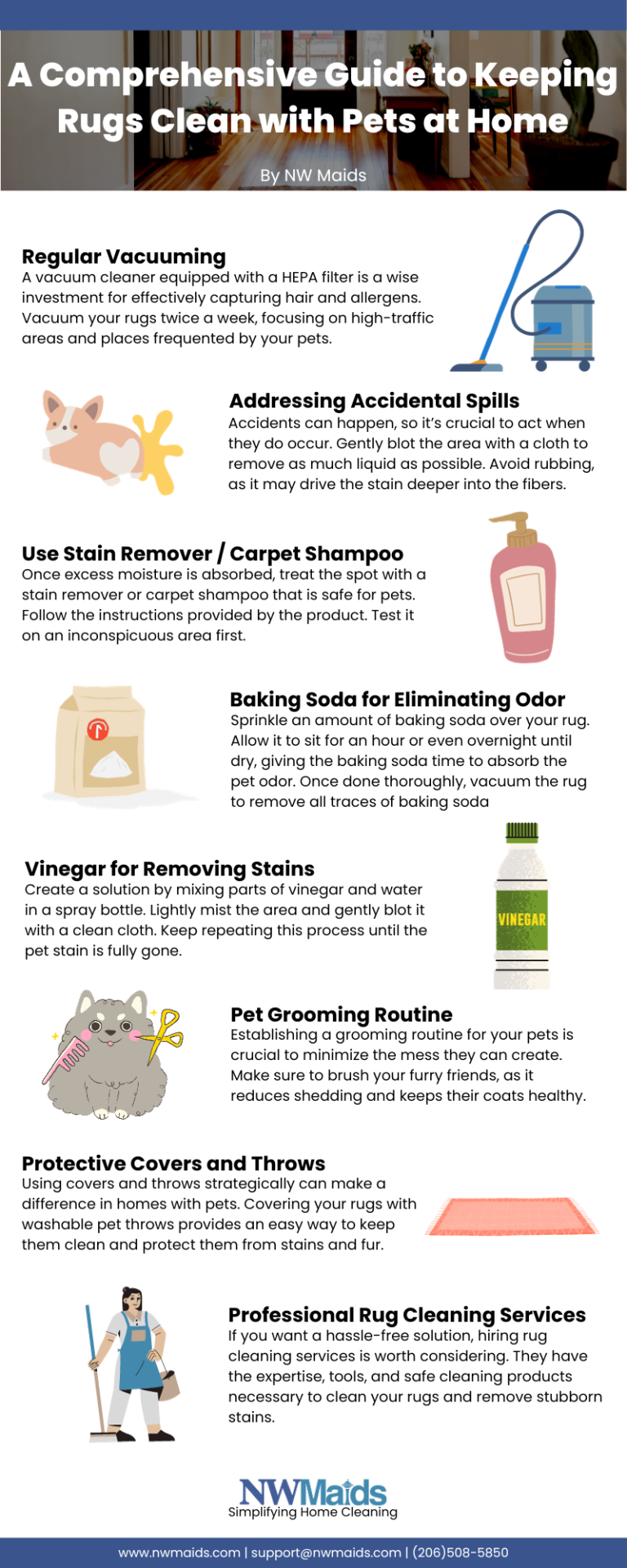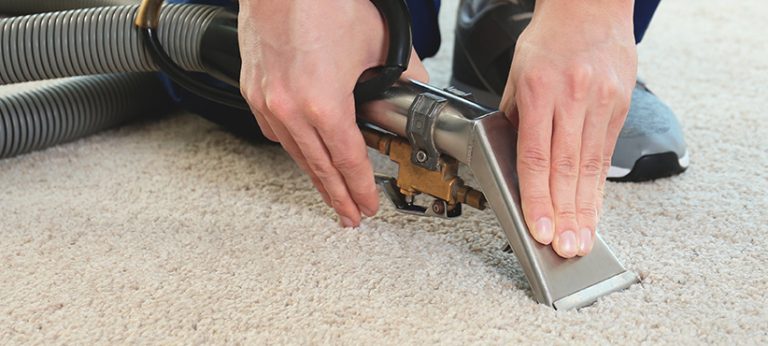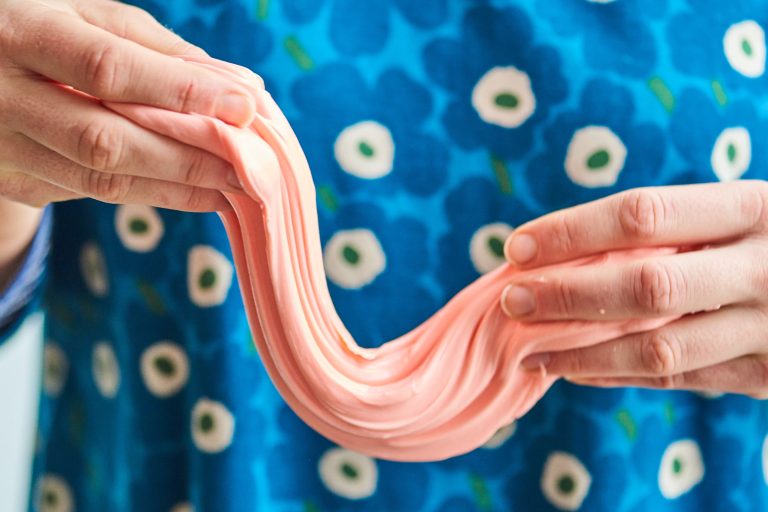How to Clean a White Carpet: Expert Tips for Sparkling Results
To clean a white carpet, start by vacuuming thoroughly to remove any loose dirt. Then, mix a solution of mild detergent and warm water, and use a clean cloth or sponge to gently blot the stains.
Choosing The Right Cleaning Products
When it comes to cleaning a white carpet, choosing the right cleaning products is crucial. The type of cleaning solutions you select will determine the effectiveness of your cleaning process, as well as the safety of your carpet. In this section, we will discuss safe and effective cleaning solutions for white carpets, while also emphasizing the importance of avoiding harsh chemicals.
Safe And Effective Cleaning Solutions
Using safe and effective cleaning solutions is essential to maintain the pristine appearance of your white carpet. Here are some suitable cleaning options:
- Vinegar Solution: Vinegar is a natural and versatile cleaner that can be used on a variety of surfaces, including carpets. Mix equal parts of white vinegar and water in a spray bottle to create a diluted cleaning solution. Test the solution on a small, inconspicuous area of your white carpet before using it over the entire surface. Once tested, spray the solution on stains and gently scrub with a soft brush or cloth.
- Baking Soda: Baking soda is another effective cleaning agent for white carpets. Sprinkle a generous amount of baking soda over the stained area and let it sit for a few hours. Vacuum the area thoroughly to remove the baking soda residue. Baking soda helps absorb odors and lifts stains from the carpet fibers.
- Hydrogen Peroxide: Hydrogen peroxide is a powerful stain remover that can be used on white carpets. However, it is important to use it cautiously, as it can bleach or discolor certain types of carpets. Test a small area of the carpet before applying hydrogen peroxide. If it doesn’t cause any adverse effects, mix equal parts of hydrogen peroxide and water in a spray bottle. Spray the solution on the stain, let it sit for a few minutes, and then blot it with a clean cloth.
Avoiding Harsh Chemicals
While certain cleaning products may promise quick and effective stain removal, they can potentially damage your white carpet. Harsh chemicals can cause discoloration, weaken carpet fibers, or leave residue that attracts more dirt. It is advisable to avoid using the following substances on your white carpet:
- Bleach: Bleach is a strong chemical that can bleach the color of your carpet, resulting in irreversible damage.
- Ammonia: Ammonia-based cleaners may effectively remove stains, but they can also cause discoloration or weaken the carpet fibers.
- Strong Carpet Cleaners: Certain commercial carpet cleaners contain harsh chemicals that can be too abrasive for white carpets. Opt for gentler alternatives to protect your carpet’s integrity.
By selecting safe and effective cleaning solutions while avoiding harsh chemicals, you can effectively clean your white carpet without compromising its appearance or longevity.
Pre-treating Stains
When it comes to maintaining the pristine appearance of your white carpet, pre-treating stains is a crucial step. By identifying different types of stains and using gentle and targeted stain removers, you can effectively remove stubborn marks and keep your carpet looking fresh and clean. In this section, we will explore the process of pre-treating stains in detail.
Identifying Different Types Of Stains
Before you begin treating a stain on your white carpet, it’s important to identify the type of stain you are dealing with. Different stains require different treatment methods to ensure effective removal.
Here are some common types of stains you may encounter:
- Food stains: These can include spills from coffee, tea, wine, or other colored liquids.
- Pet stains: These can be caused by urine, vomit, or feces.
- Ink stains: These can come from pens, markers, or ink spills.
- Grease or oil stains: These can result from cooking accidents or spills.
- Mud or dirt stains: These are common in high-traffic areas or homes with pets or children.
By identifying the specific type of stain, you can choose the most appropriate cleaning method and stain remover.
Using Gentle And Targeted Stain Removers
Once you have identified the type of stain, it’s time to select a gentle and targeted stain remover. Avoid using harsh chemicals that can damage the fibers of your white carpet. Instead, opt for environmentally friendly, non-toxic stain removers that are specifically designed for the type of stain you are dealing with.
Here are some effective stain removers for common types of stains:
| Stain Type | Stain Remover |
|---|---|
| Food stains | A mixture of white vinegar and warm water. |
| Pet stains | A mixture of hydrogen peroxide and liquid dish soap. |
| Ink stains | Rubbing alcohol or a stain remover specifically designed for ink stains. |
| Grease or oil stains | Cornstarch or baking soda to absorb the oil, followed by a gentle detergent. |
| Mud or dirt stains | A mixture of water and mild detergent. |
When applying the stain remover, use a clean cloth or sponge to gently blot the stain, starting from the outer edge and working your way inwards. Avoid rubbing or scrubbing the stain, as this can spread it and damage the carpet fibers.
After applying the stain remover, allow it to sit for a few minutes to penetrate the stain. Then, carefully blot the area with a clean, damp cloth to remove the stain and any residue.
By applying the appropriate stain remover and following these gentle pre-treatment steps, you can effectively remove stains from your white carpet and restore its pristine appearance.
Techniques For Cleaning White Carpets
When it comes to maintaining the pristine beauty of a white carpet, knowing the right techniques for cleaning is essential. Keeping a white carpet looking bright and clean can be a challenge, but with the right methods, it is possible to maintain its original beauty. In this article, we will explore some effective techniques for cleaning white carpets that will help you keep your carpet looking as good as new.
Blotting Instead Of Rubbing
Blotting spills and stains on a white carpet is crucial because rubbing can spread the stain and damage the carpet fibers. To properly tackle spills, use a clean white cloth or paper towels to blot the area. Start from the outer edges and work inward to prevent the stain from spreading. Continue blotting until most of the liquid is absorbed. Avoid using colored cloths as the dyes might transfer to the carpet.
Utilizing Steam Cleaning Methods
Steam cleaning is an effective method for deep cleaning white carpets. The high temperatures of the steam can effectively lift dirt, grime, and stains from the carpet fibers. Before using a steam cleaner, vacuum the carpet thoroughly to remove any loose dirt or debris. Then, follow the manufacturer’s instructions for the steam cleaner to ensure safe and effective cleaning. After steam cleaning, allow the carpet to dry completely before walking on it to prevent the formation of new stains.

Credit: www.fortador-usa.com
Preventing Future Stains
Keeping your white carpet spotless and pristine requires more than just regular cleaning. Preventing future stains is paramount to maintaining the beauty and longevity of your white carpet. By implementing a few simple measures, you can significantly minimize the risk of stains and ensure that your carpet stays clean and bright for years to come.
Implementing No-shoes Policies
One effective way to prevent stains on your white carpet is by implementing a no-shoes policy in your home. Encouraging family members and guests to remove their shoes at the door can help keep dirt, mud, and debris from being tracked onto the carpet. By doing so, you reduce the chances of accidental spills and stains caused by footwear.
Regular Vacuuming And Maintenance
In addition to a no-shoes policy, regular vacuuming and maintenance are key to preventing future stains on your white carpet. Vacuuming at least once a week helps remove dirt, dust, and particles that can accumulate and eventually lead to staining. Make sure to pay extra attention to high-traffic areas and regularly empty or replace the vacuum bag to maintain optimum performance.
Aside from vacuuming, it’s essential to address spills and accidents immediately to prevent irreversible staining. Blotting spills with a clean cloth or paper towel, rather than rubbing or scrubbing, can help lift the stain without spreading it further. Additionally, consider using a mild, carpet-safe cleaner specifically designed for white carpets to treat any stubborn stains.
Furthermore, periodically schedule a deep cleaning for your white carpet to remove any embedded dirt and stains. This can be done by professional carpet cleaners or using a rented carpet cleaning machine. Keep in mind that following the manufacturer’s instructions and recommendations for your specific white carpet is crucial to avoid any damage or discoloration during the cleaning process.
In conclusion, preventing future stains on your white carpet requires proactive measures. Implementing a no-shoes policy and regularly vacuuming your carpet are two effective ways to minimize staining. Remember to address spills promptly and consider scheduling periodic deep cleanings to keep your white carpet looking its best.
Seeking Professional Assistance
While tackling carpet cleaning projects on your own can save you money, there are times when calling in professional carpet cleaners is the best decision. Knowing when to seek professional assistance can save you from potential damages and ensure your white carpet is cleaned thoroughly. Let’s explore the two key factors determining whether you should hire professionals or attempt a DIY cleaning job:
Knowing When To Call In Professional Carpet Cleaners
There are certain situations where it’s wise to leave the cleaning duties to the experts. Here’s a list of scenarios when professional assistance is highly recommended:
- If your white carpet is heavily stained or soiled, despite your DIY efforts.
- When you lack the necessary cleaning equipment and professional-grade products to effectively clean your white carpet.
- If you are unsure about which cleaning method is suitable for your white carpet material.
- When dealing with stubborn odors that persist even after thorough cleaning.
- If you want to ensure your white carpet is cleaned without causing any damage to the delicate fibers or compromising the color.
Understanding Diy Limitations
Although DIY carpet cleaning is an option, it’s essential to recognize and understand its limitations. Attempting to clean a white carpet on your own can be challenging and may result in the following drawbacks:
- Lack of proper equipment may make it difficult to achieve a deep and thorough clean.
- Using incorrect cleaning solutions or methods can lead to discoloration or damage to the carpet fibers.
- Inadequate drying time may cause mold or mildew growth, resulting in further damage and potential health hazards.
- DIY cleaning methods may not effectively remove tough stains or odors, leaving your white carpet looking lackluster.
Understanding these limitations can help you make an informed decision about whether to engage the services of professional carpet cleaners or attempt a DIY cleaning project.

Credit: www.amazon.com

Credit: www.facebook.com
Frequently Asked Questions For How To Clean A White Carpet
How Can I Remove Stains From A White Carpet?
To remove stains from a white carpet, start by blotting the stain with a clean cloth to absorb any excess liquid. Then, mix a solution of equal parts white vinegar and water and apply it to the stain. Gently blot the area until the stain is gone.
Finally, rinse the area with water and blot dry.
Can I Use Bleach To Clean A White Carpet?
No, it is not recommended to use bleach on a white carpet. Bleach can damage the carpet fibers and cause discoloration. Instead, opt for carpet cleaners specifically designed for white carpets or try solutions like hydrogen peroxide or baking soda to remove stains and brighten the carpet.
How Often Should I Clean A White Carpet?
It is recommended to clean a white carpet at least once every 6 to 12 months, depending on the amount of foot traffic and level of soiling. Regular vacuuming is also important to prevent dirt and debris from setting in.
Additionally, spot cleaning should be done immediately to prevent stains from setting in and becoming harder to remove.
Conclusion
Keeping your white carpet clean is essential for maintaining a fresh and bright look in your home. By following the simple yet effective cleaning tips mentioned in this blog post, you can ensure that your white carpet remains pristine for years to come.
Remember to regularly vacuum and treat stains promptly to maintain the beauty of your carpet. Regular maintenance will extend the life of your white carpet and keep it looking luxurious and inviting.
